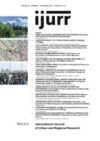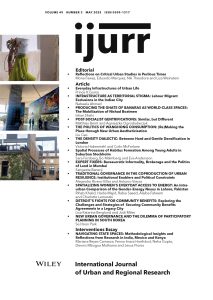Contrary to the expectations many urban scholars had after the end of socialism, it has taken almost thirty years for gentrification to become a significant urban development trend in Central and Eastern Europe. The reason for this delay is that there are massive ‘commodification gaps’—institutional barriers to the valorization of land and housing—which could only be overcome with great difficulties. In this article, which is based on an empirical study of gentrification in two second-tier cities in East Germany and Poland, we pick up on this issue and focus on policies that have affected the likelihood of gentrification. We compare two different trajectories of post-socialist gentrification, finding that the course of gentrification has been deeply embedded into the dissimilar political-economic framework of transition in East Germany and Poland. This has led to considerable differences in the timing and geography of upgrading and displacement. We distance ourselves from ‘diffusionist’ views, which portray gentrification as a generalizable trend in which post-socialist cities are ‘latecomers’, based on a model that has been pioneered in Western cities and emphasizes the specificity of gentrifications as well as their embeddedness in national, regional and local political environments.
Details
Written by:
Matthias Bernt, Agnieszka Ogrododwczyk
Digital Object Identifier (DOI)
https://doi.org/10.1111/1468-2427.13321
About DOI

